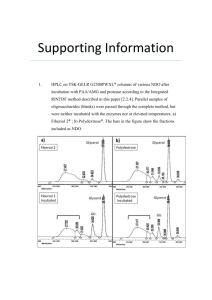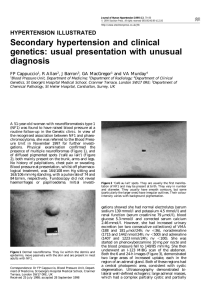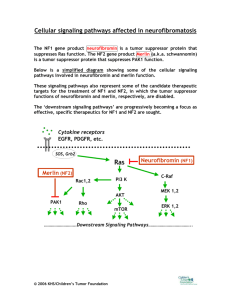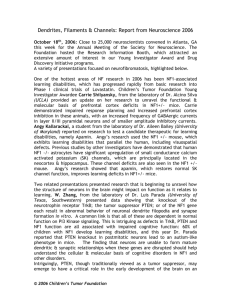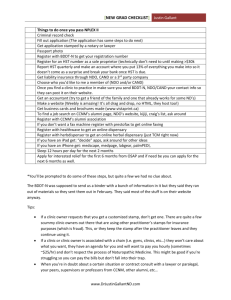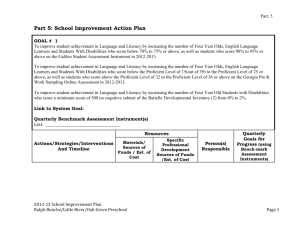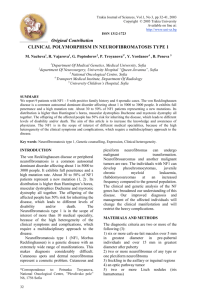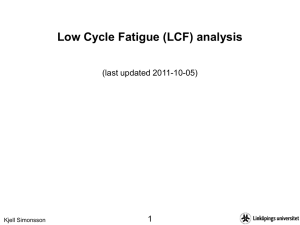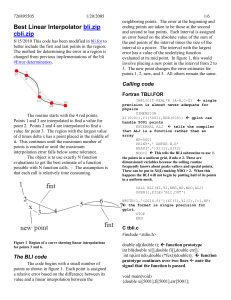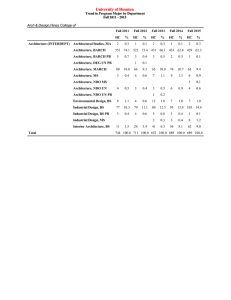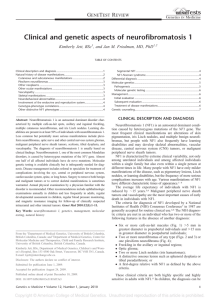National Disaster Observatory
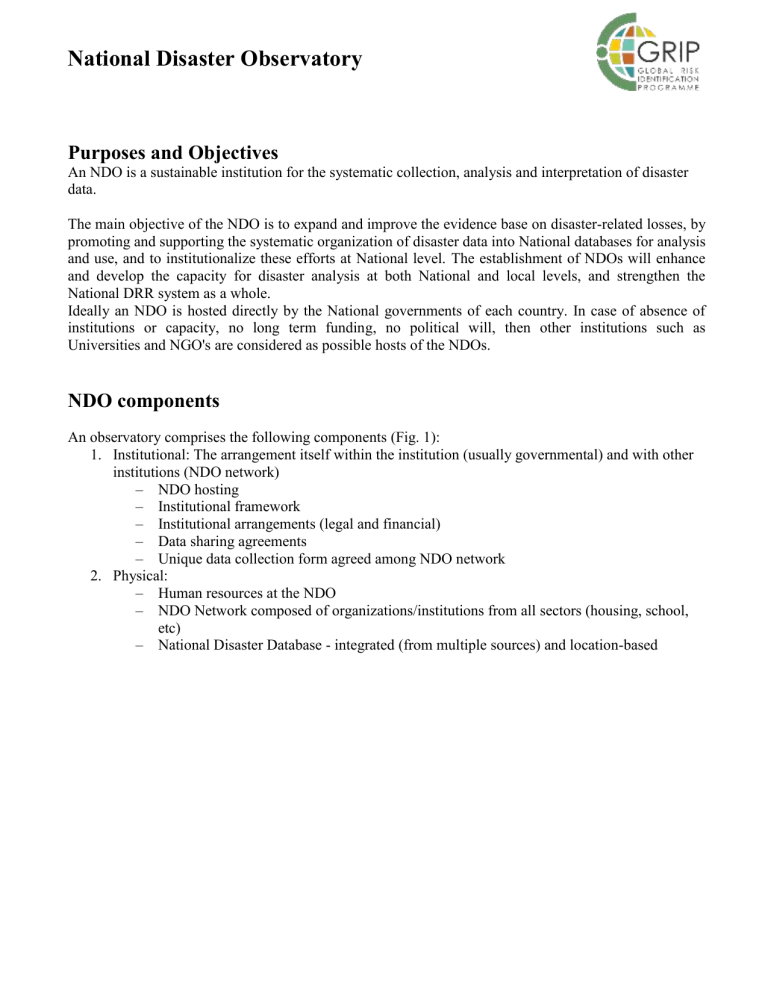
National Disaster Observatory
Purposes and Objectives
An NDO is a sustainable institution for the systematic collection, analysis and interpretation of disaster data.
The main objective of the NDO is to expand and improve the evidence base on disaster-related losses, by promoting and supporting the systematic organization of disaster data into National databases for analysis and use, and to institutionalize these efforts at National level. The establishment of NDOs will enhance and develop the capacity for disaster analysis at both National and local levels, and strengthen the
National DRR system as a whole.
Ideally an NDO is hosted directly by the National governments of each country. In case of absence of institutions or capacity, no long term funding, no political will, then other institutions such as
Universities and NGO's are considered as possible hosts of the NDOs.
NDO components
An observatory comprises the following components (Fig. 1):
1.
Institutional: The arrangement itself within the institution (usually governmental) and with other institutions (NDO network)
–
NDO hosting
–
Institutional framework
– Institutional arrangements (legal and financial)
–
Data sharing agreements
–
Unique data collection form agreed among NDO network
2.
Physical:
–
Human resources at the NDO
–
NDO Network composed of organizations/institutions from all sectors (housing, school, etc)
–
National Disaster Database - integrated (from multiple sources) and location-based
Figure 1 NDO components
Main Activities
NDO establishment is composed of 5 main steps (Fig. 2):
•
Step 1 – Create an enabling environment for NDO establishment
• Identify main stakeholders and potential partners of NDO and structure (government agencies, ministries, universities, research centers, insurance companies, private companies, NGOs and others)
• Stakeholders’ engagement through Introductory Workshop and Training
• Create NDO Working Group
• Stakeholders’ consultations for the development of NDO strategy, structure and implementation plan
• Identify NDO hosting institution
•
Step 2 – NDO institutionalization
• Put in place NDO structure (creation of Advisory Committee etc)
•
Implement institutional arrangements for NDO hosting (legal and financial)
•
NDO set-up
•
Establish institutional framework for NDO network
• Implement institutional arrangements for NDO network establishment
•
Establish Data sharing agreements
•
Establish standards
• Develop disaster registration form agreed among NDO network
•
Training on disaster registration
•
Start day-to-day disaster registration
•
Step 3 – National Disaster Database development and data management
• Identify potential users
•
Identify user needs and NDO applications
•
Identify data sources and existing DBs
• Define hazard definitions and standards
•
Design database
•
Design unique national disaster coding
•
Integrate existing DBs
•
Maintain and Manage DB
•
Step 4 – Data Collection, inventory and validation
• Training on data collection
•
Perform historical data collection (past 10-30yrs)
•
Establish data source evaluation criteria (quality, coverage, resolution, etc)
• Establish data validation criteria (identify primary, secondary, tertiary sources)
•
Populate database
•
Develop and implement Quality Control procedure
•
Step 5 – Generation and dissemination of knowledge
•
Produce Preliminary Analysis results
•
Continuously improve and perform quality control
• Identify end users
•
Prepare user-specific packages
•
Provide access and disseminate
• Mainstream Analysis into national DRR
Months 1 2 3 4 5 6 7 8 9 10 11 12 13 14 15 16 17 18 19
Activities
Component I: Institutionalization
Introductory Workshop
Preparation of Working Groups
Creation of National Network
Institutionatization of day by day collection
Training on Disater Registration
Component II: Database development
Needs and requirements assessment
Inventory of existing DBs
Database design
Training on Data Entry
Integration of existing DBs
Historical research phase
Systematic Disaster Registration
Component III: Applications Development
Country-specific application needs assessment
Preliminary Analysis
Training of end users on analysis & applications
Systematic reporting and knowledge generation
Inputs to DRR National Master Plan
Component IV: Outreach
Mid-term progress reporting
Report on preliminary analysis
Final symposium
Figure 2 NDO Implementation plan
Governance and Coordination
The implementation of an NDO requires the following structure to be put in place (Fig. 3):
Coordination team
Program Coordinator
Members
National Disaster Risk Management Authority (or equivalent institution)
Function
Overall project implementation coordination
Technical Coordinator
Members
It can be a prestigious national technical institution or a group of experts dealing with disaster risk management.
Function
Advise the Program Coordinator on technical issues and coordinate the implementation of technical work.
Advisory Committees
Technical Advisory Committee (TAC)
Members
Task force from universities, research institutes, professional associations, GRIP
Function
Provide technical recommendations and guidance
National Advisory Committee (NAC)
Members
Representatives from Ministries (Planning, Finances, Foreign Affairs, Agriculture,
Public Works, Industry, Health, Education, Defence), Public Sector (Industry, Finances and
Commerce, Insurance), Local Authorities and Private Sector
Functions
Provide overall guidance and advice on long-term project planning, set up the project priorities, give visibility to the project and promote its ownership by the various sectors of the society.
Working Group
Members
Group leader and a group of professionals in Disaster Risk Management,
Geography, Earth sciences and Information management and Engineering
Functions
This team will be in charge of implementing the activities of the NDO.
Figure 3 NDO structure
